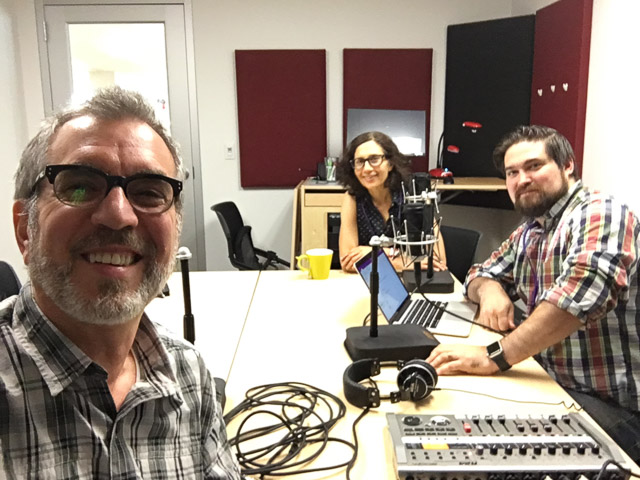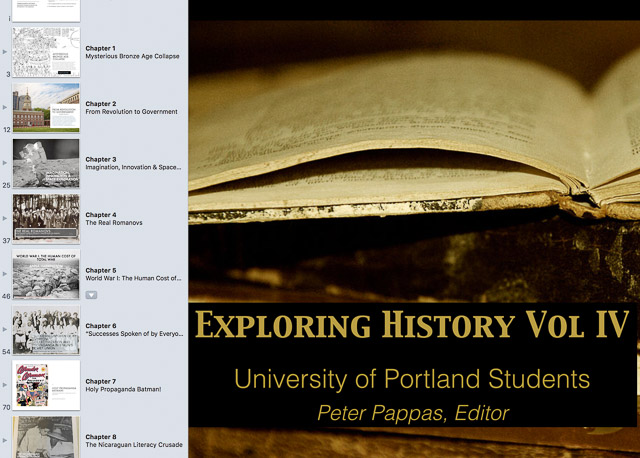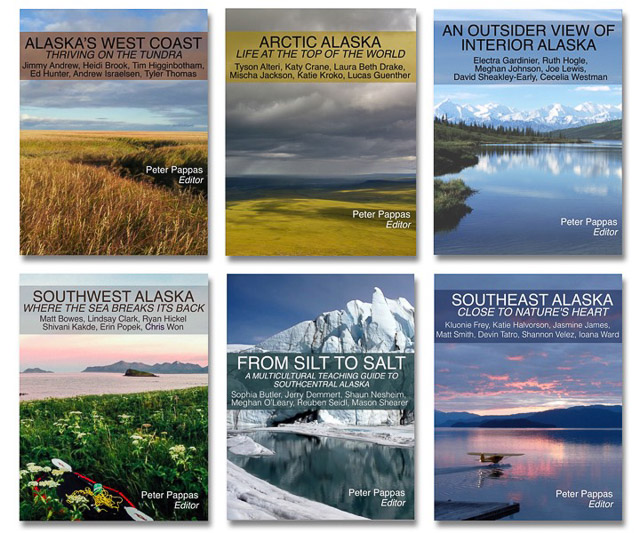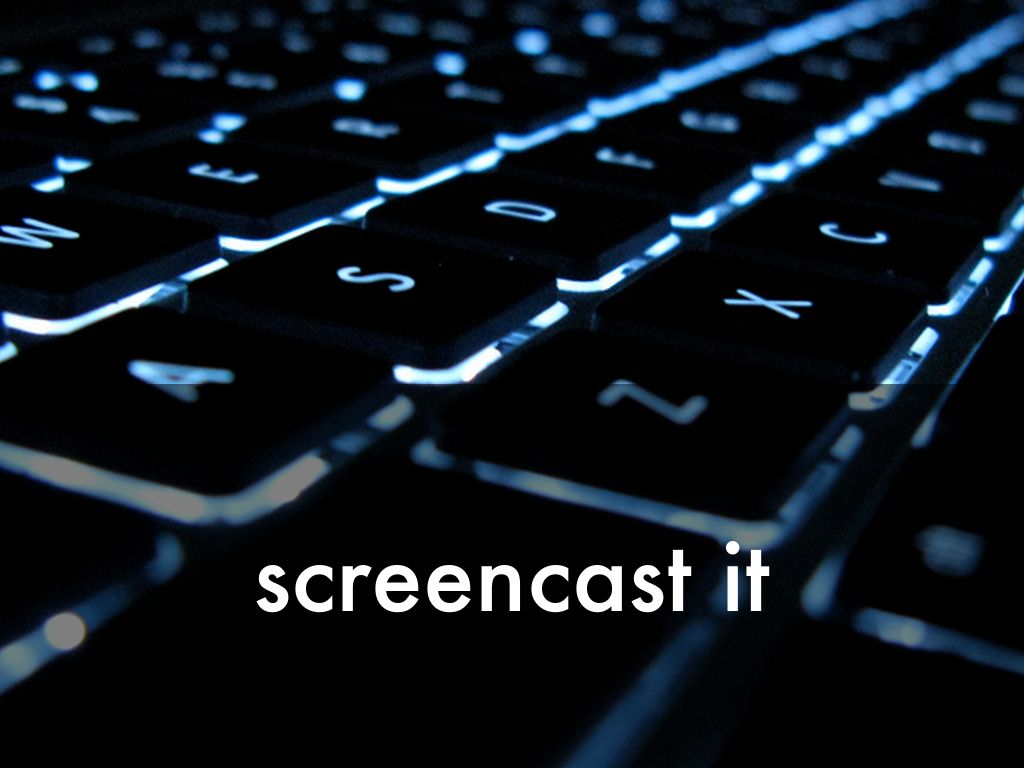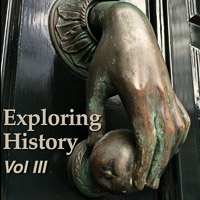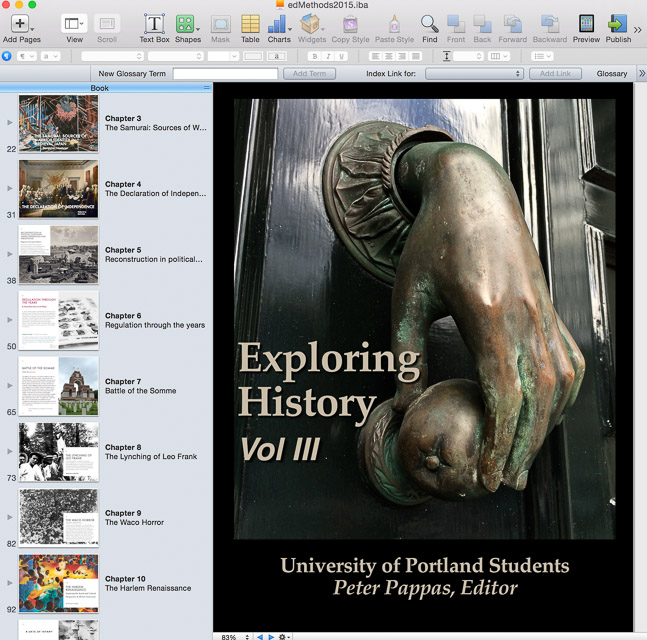This is cross post from UP TechTalk Podcast S05E01: Connecting Student Learning to Real-World Outcomes with Project Based Learning by Maria Erb
Peter Pappas designs learning experiences that provoke reflection. The UP School of Education adjunct instructor is known for pairing tech tools with creative assignments that lead to students having an external audience for their work, working as professionals do in a more public environment.
Utilizing the concepts of Project Based Learning, Pappas’s students have developed multi-touch books with iBooks Author on historical topics that have been downloaded 16,000 times from iTunes. The blog Pappas uses for his course is public on the web and gets comments from beyond the classroom. Students are startled to find out that someone besides a teacher cares about the work they do in class.
“Students really want to make a difference,” Pappas said. This year, his students will be developing curriculum for the Oregon Jewish Museum And Center for Holocaust Education that can be used by middle and high school teachers when they bring students to the Oregon Holocaust Memorial in Washington Park.
At a time when we’re revisiting questions about history and people’s perspective on history, I think it will be somewhat cathartic for my students to feel they could make a statement and speak on behalf of people who perhaps can’t speak for themselves.
In this podcast, Pappas talks about project based learning and some of the other ideas that have helped to shape his current style of education. Listen to this intriguing discussion about student engagement and more. Full Episode Transcript PDF
Continue the conversation at the Teaching & Learning Community Blog: https://sites.up.edu/tl
UP TechTalk is a bi-monthly podcast with cohosts Ben Kahn and Maria Erb of Academic Technology Services that explores the use of technology in the classroom, one conversation at a time. Visit the UP TechTalk archives for a plethora of excellent content from our UP faculty guests. Get a sneak peak at the future with our UP Tech Talk special 5 part series The Future of Learning.
